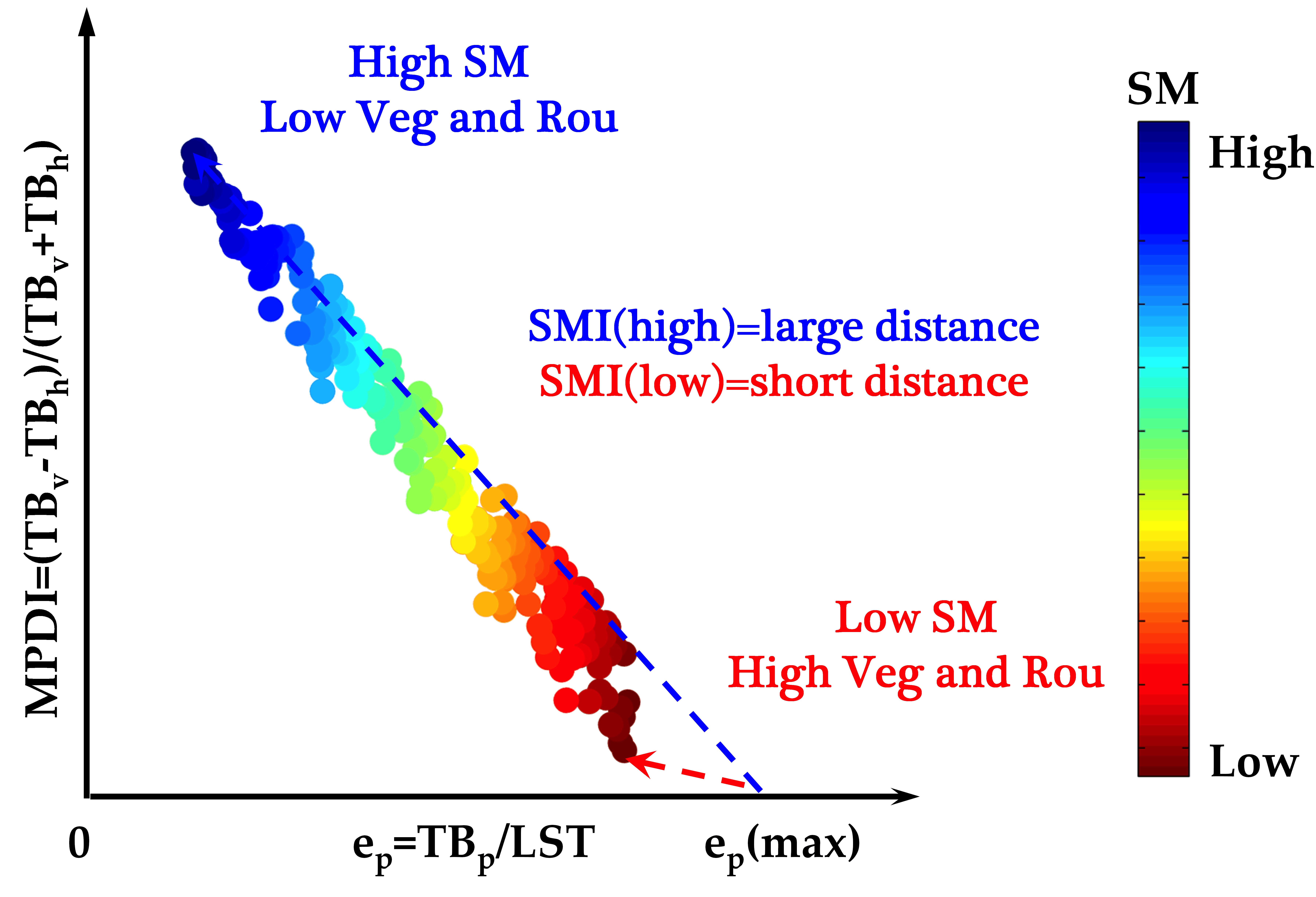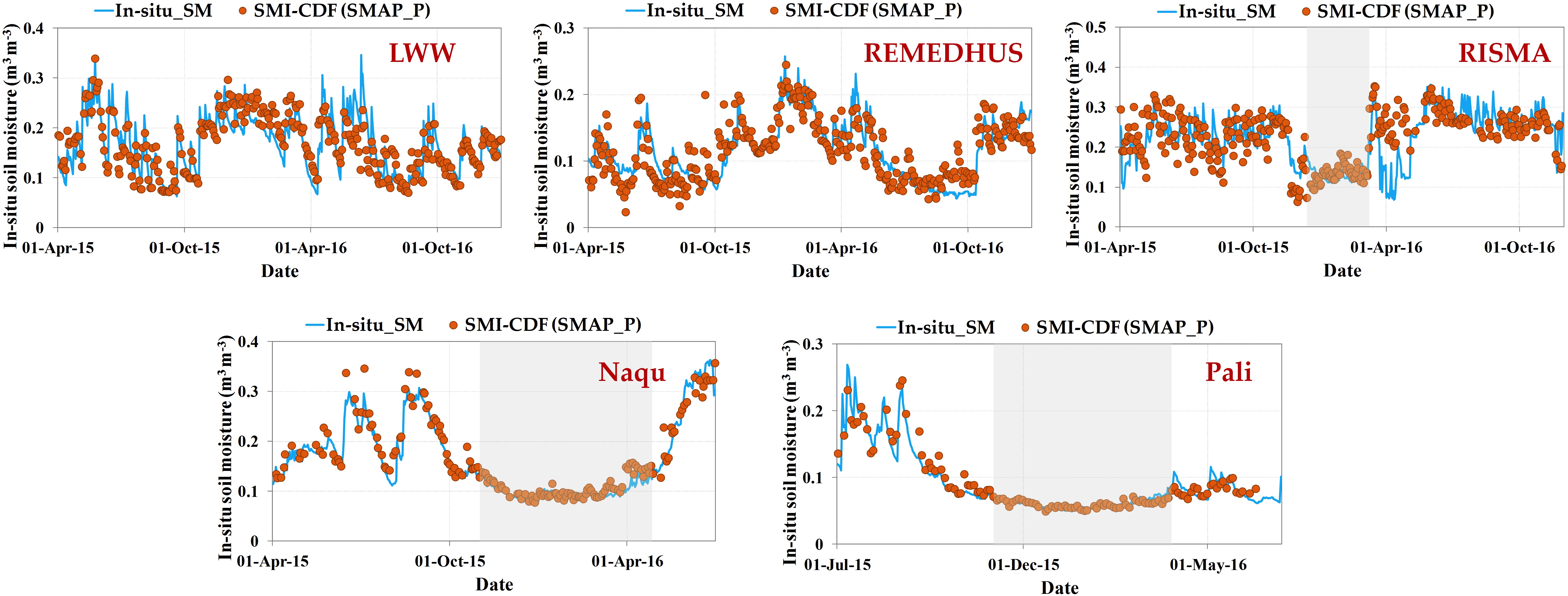Scientists Develop New Physically-Based Soil Moisture Index from Passive Microwave Observations
Soil moisture (SM) is a pivotal hydrological variable that links the terrestrial water, energy, and carbon cycles. Dr. ZENG Jiangyuan from the Aerospace Information Research Institute (AIR), together with his collaborators have developed a new soil moister index (SMI) to capture the temporal variability of SM. The research has been published in IEEE Transactions on Geoscience and Remote Sensing with the title of "a physically based soil moisture index from passive microwave brightness temperatures for soil moisture variation monitoring".
According to the paper, the SMI is based on two key foundations: 1) vegetation and roughness have similar effects on “depolarization” of microwave emission, while SM enhances polarization differences and 2) vegetation and roughness generally impose positive effects on surface emissivity, while SM and emissivity are negatively correlated. Based on the two physical principles, it is possible to decouple the effects of SM and those of vegetation and surface roughness in a 2-D space independent of vegetation type and roughness condition (Fig. 1).

Fig. 1 Conceptual sketch of proposed SMI. The distance originated from point ep (max) to the scatter represents the value of SMI.
The new SMI has been validated by extensive ground SM observations from five dense networks and also compared with SMAP passive and ESA CCI SM products at a coarse resolution of 36 km, as well as SMAP enhanced passive and JAXA AMSR2 products at a medium resolution of 9 km. The results show that the new SMI is able to well reproduce the temporal dynamic of SM (Fig. 2) and also outperforms other satellite products.

Fig. 2 Temporal behavior of station-averaged SM and bias-corrected SMI (i.e., SMI-CDF) at 36 km for the five networks. Soil frozen days are marked by gray shadows.
The SMI has the following advantages. Firstly, it does not include any empirical coefficients for calculation. Secondly, apart from surface temperature, it does not need any further information from other sensors (e.g., the optical NDVI or LAI data) to guarantee all-weather monitoring. Thirdly, it considers temporal dynamic of vegetation and surface roughness which are often unreasonably assumed to be unchanged in other algorithms or indices.
The SMI is expected to be effectively applied for global SM observations under a wide range of ground conditions.



News & Events